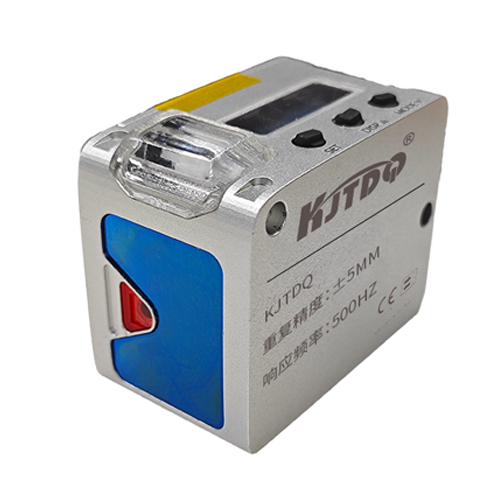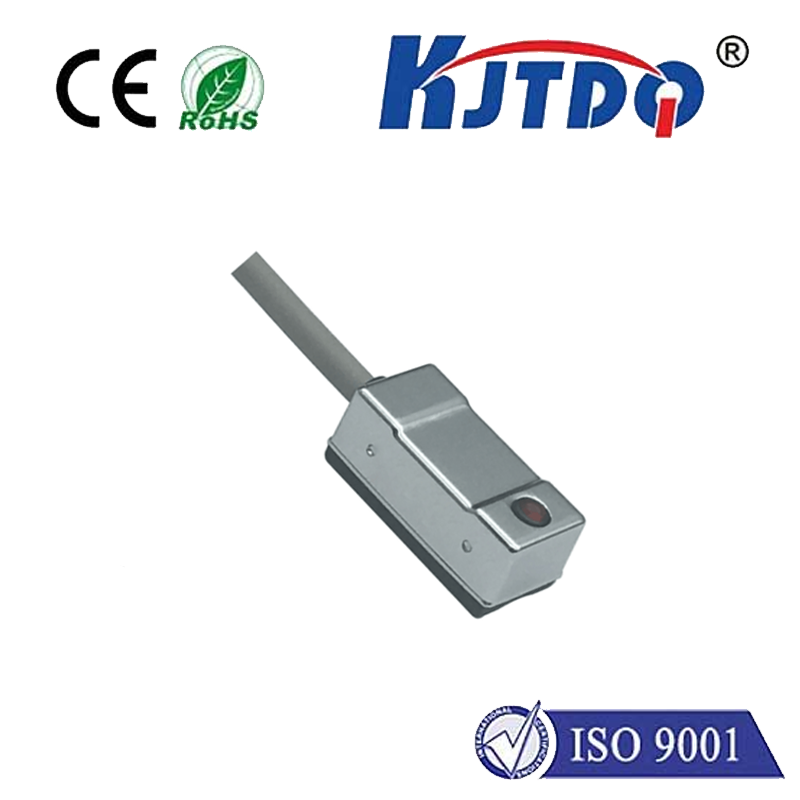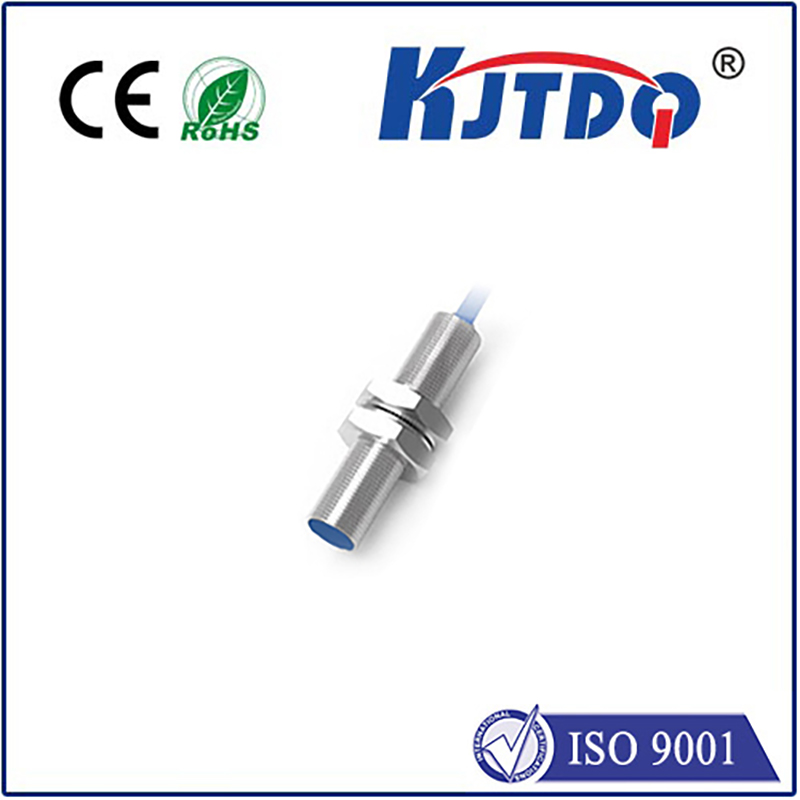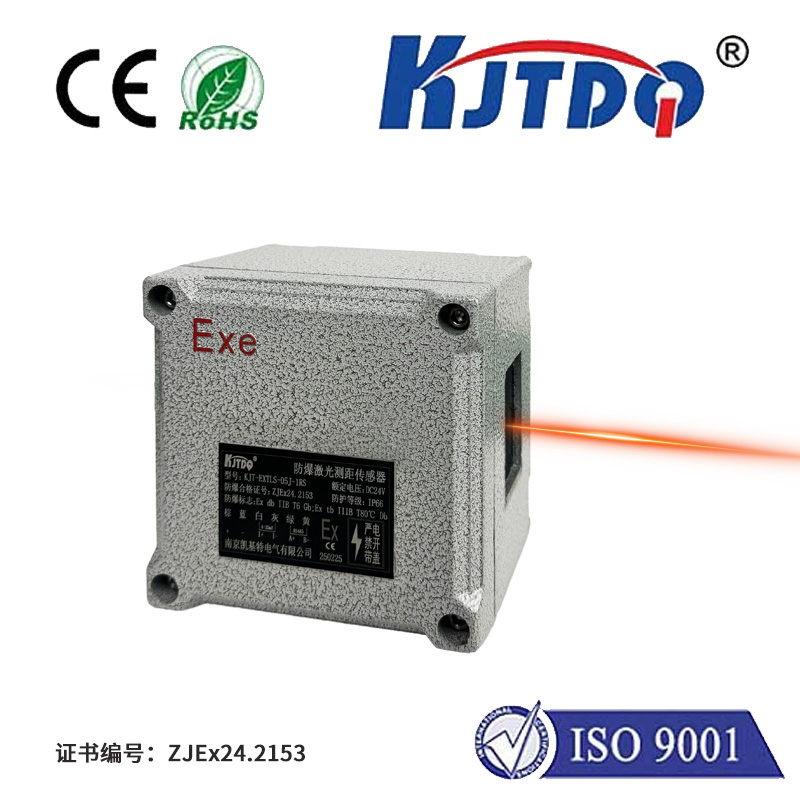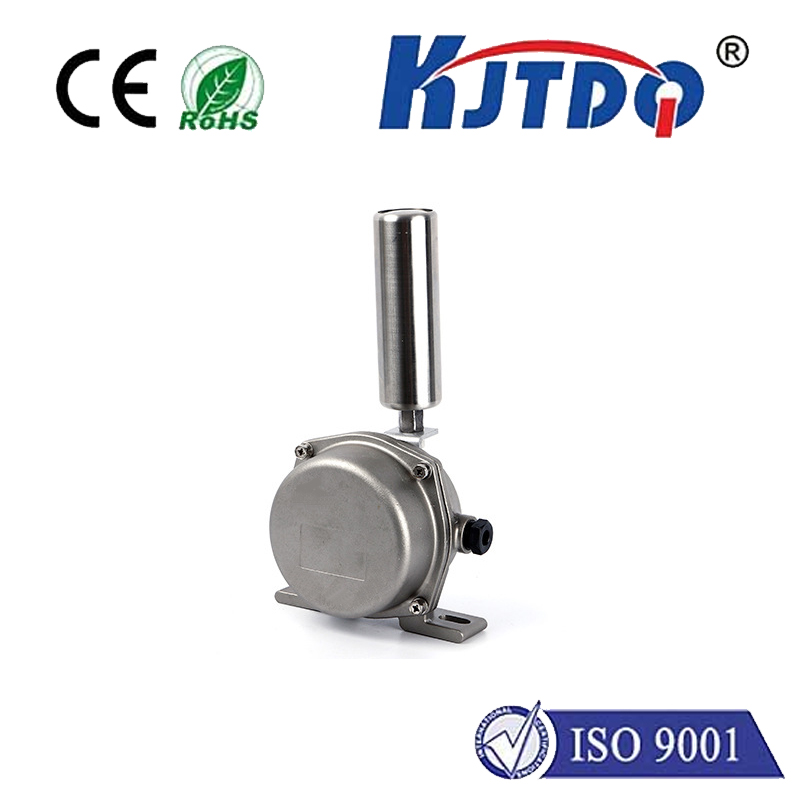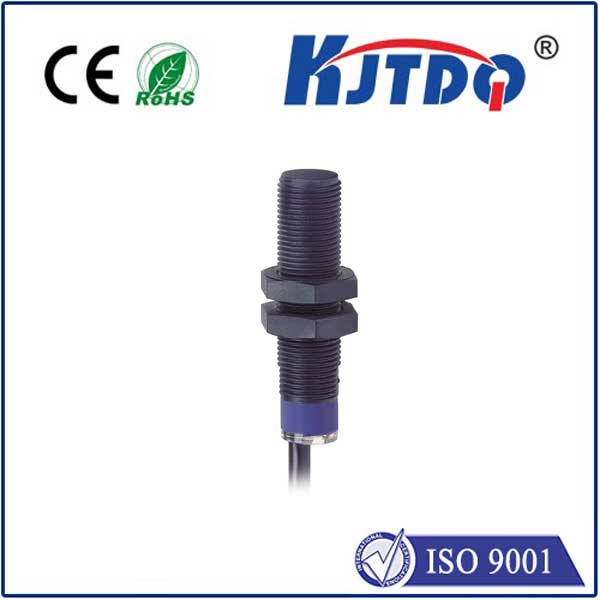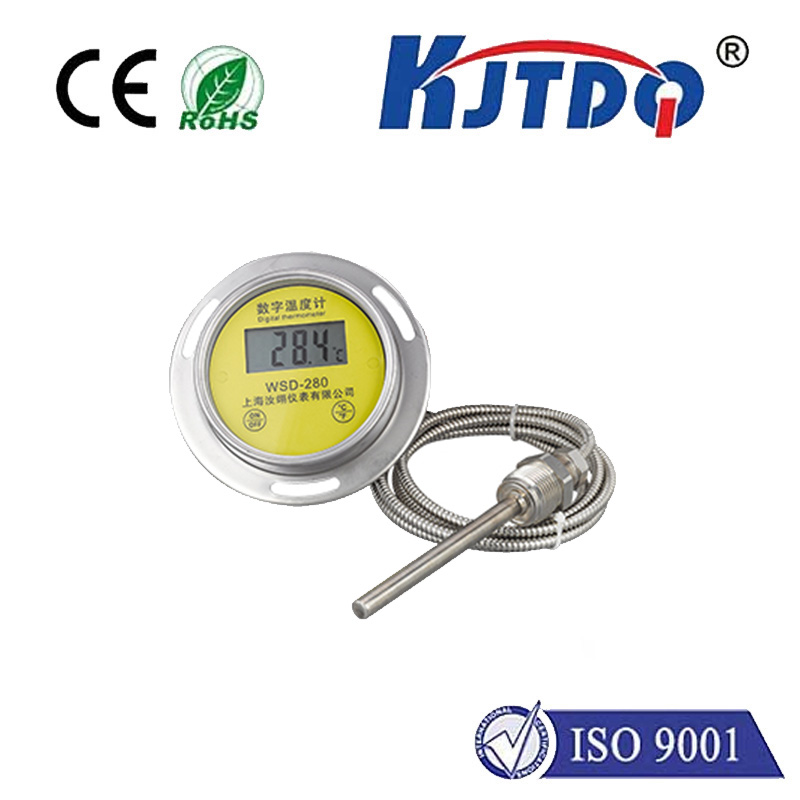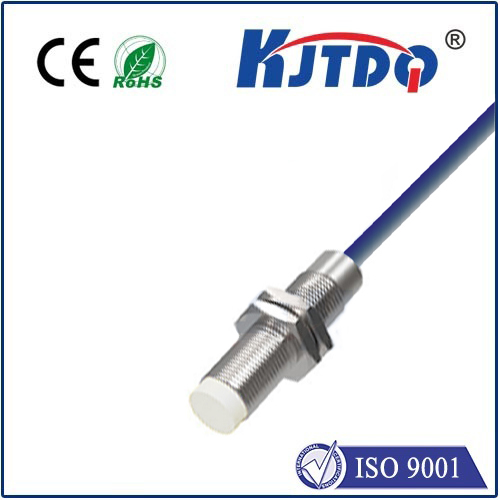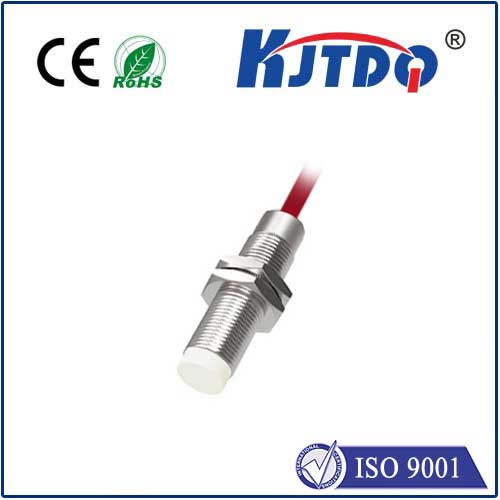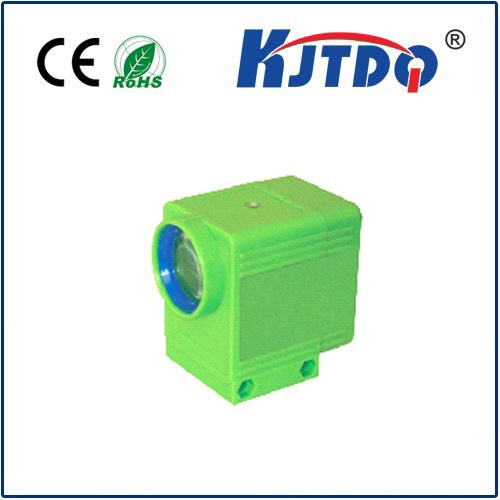

check

check

check

check

check

check

check

check

check

check
Body:
The automobile industry has seen a tremendous shift in recent years, with new technologies and innovations changing the way we travel. One such innovation is the proximity sensor for speed measurement, which has been a game-changer for both drivers and manufacturers alike. This tiny device has revolutionized the way vehicles are monitored and controlled, making them safer, more efficient, and more reliable than ever before.
Proximity sensors are small electronic devices that can detect the presence or absence of objects in their immediate environment. In the context of automotive transportation, these sensors are used to monitor the speed at which a vehicle is traveling. By detecting changes in the distance between the vehicle and the ground, the sensor can determine whether the vehicle is moving at a safe and appropriate speed. If the sensor detects that the vehicle is speeding, it can alert the driver or automatically apply the brakes to prevent an accident.
One of the key advantages of proximity sensors for speed measurement is their ability to provide accurate and constant feedback to the driver. Unlike other methods of speed measurement, such as radar or ultrasonic sensors, proximity sensors do not rely on external factors such as weather conditions or road surface conditions. As long as there is a clear line of sight between the sensor and the ground, their accuracy is virtually unaffected.
This accuracy makes proximity sensors an invaluable tool for improving driving safety. By providing real-time feedback on speed, they can help drivers maintain a safe distance from other vehicles and avoid dangerous situations such as rear-end collisions. Furthermore, because proximity sensors are so easy to install and use, they can be incorporated into a wide range of vehicles, from luxury sedans to commercial trucks and buses.
Another advantage of proximity sensors for speed measurement is their potential to reduce fuel consumption and improve fuel efficiency. By helping drivers maintain a safe speed and avoiding excessive acceleration or deceleration, these sensors can reduce wear on the engine and improve overall fuel efficiency. As more and more vehicles adopt this technology, we can expect to see significant improvements in both environmental sustainability and economic performance.
In conclusion, proximity sensors for speed measurement have become an essential tool for enhancing driving safety, reducing fuel consumption, and improving overall vehicle performance. As manufacturers continue to develop new and more advanced versions of these devices, we can expect to see even greater improvements in the automotive industry in the years ahead. So if you're looking to purchase a new vehicle or upgrade your current one, be sure to considerproximity sensors for speed measurement – it just might make all the difference!
